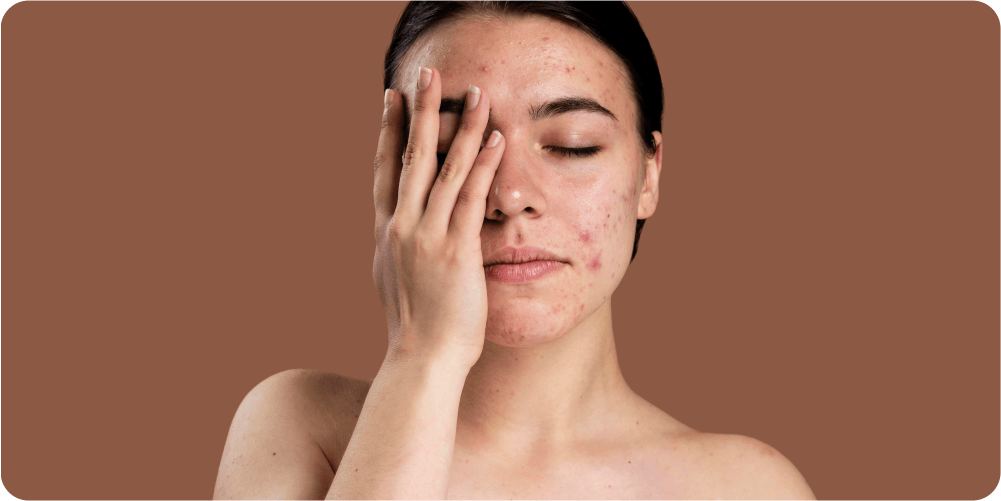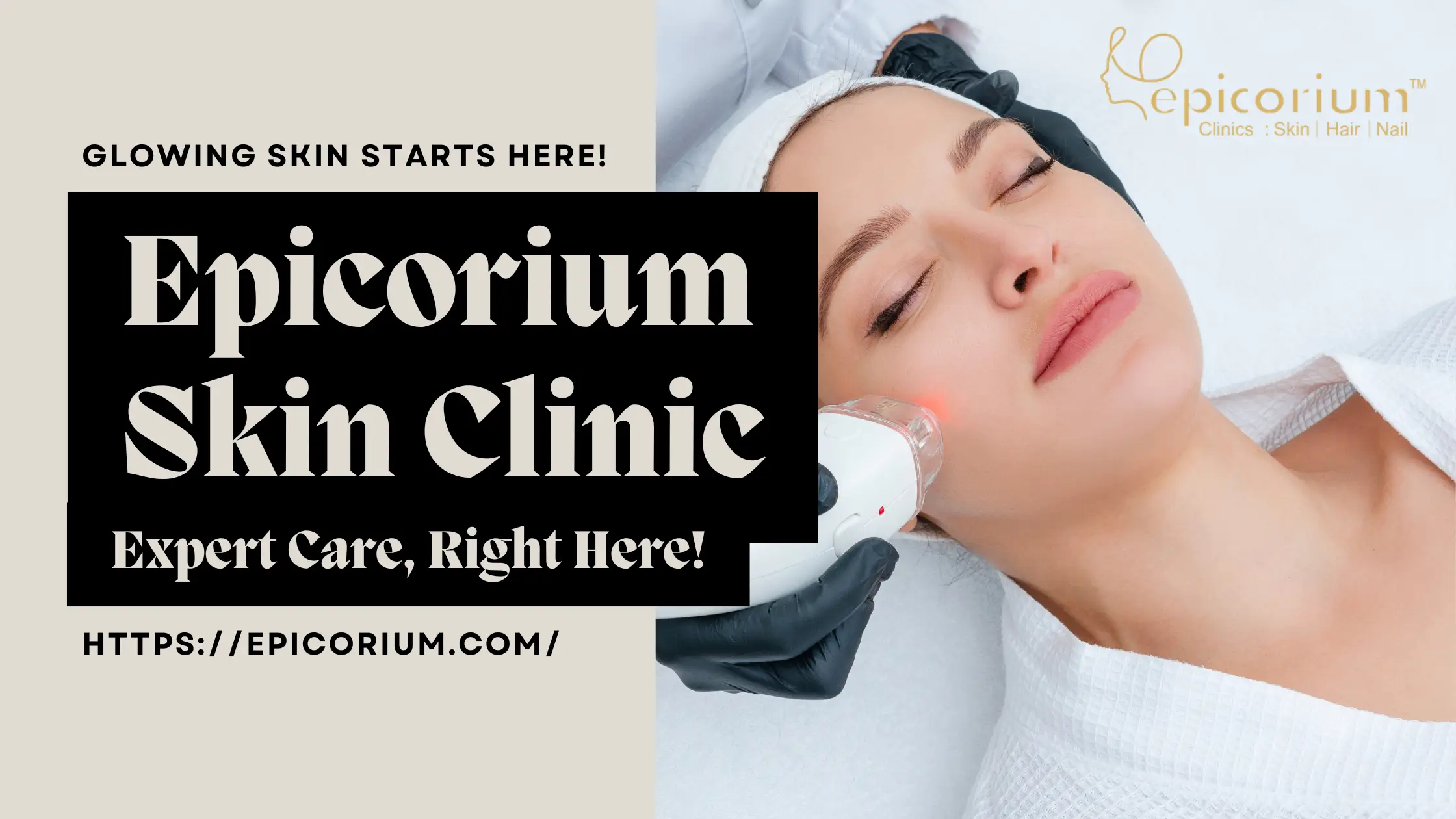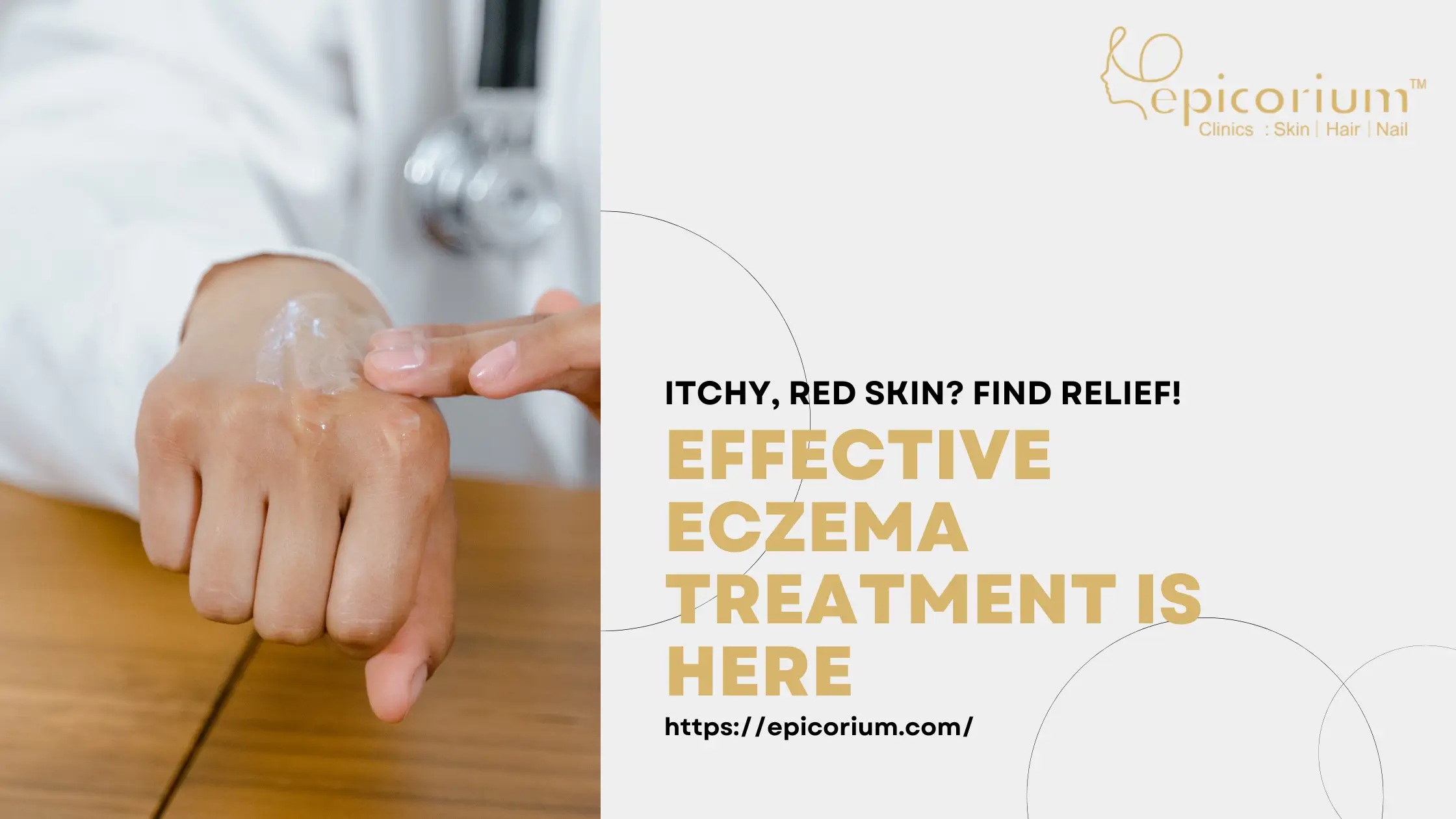
Acne Scars
Scars from acne are particularly common on the face, chest, and back. 80 % of people between the ages of 11 and 30 will experience acne, and one in five of those individuals will leave behind scars. Treatment options for the scars include over-the-counter medicines or one or more dermatologist-performed surgeries.
Acne Scar Types
Depending on the kind of scarring acne has left behind, suitable treatment choices may differ slightly. Acne scars often come in three different forms:
Atrophic scars
Read MoreAcne Scars
Scars from acne are particularly common on the face, chest, and back. 80 % of people between the ages of 11 and 30 will experience acne, and one in five of those individuals will leave behind scars. Treatment options for the scars include over-the-counter medicines or one or more dermatologist-performed surgeries.
Acne Scar Types
Depending on the kind of scarring acne has left behind, suitable treatment choices may differ slightly. Acne scars often come in three different forms:
Atrophic scars
These scars resemble tiny skin indentations.
- Small scars that resemble pinpricks are called icepick scars.
- Larger indentations with distinct edges are called boxcar scars.
- Rolling scars look to be rolling or undulating and have fuzzy borders.
When the skin does not produce enough fibroblasts throughout the healing process, they develop. Cells called fibroblasts are essential for the creation of collagen and the healing of wounds.
Hypertrophic scars
These develop when the skin overproduces fibroblasts during the healing process of the acne spot, resulting in a raised scar.
Keloid scars
Although they resemble hypertrophic scars, these are typically thicker than the initial acne spot. They frequently have hyperpigmentation, which makes them darker than the nearby skin. They could be brown or red. There could also be soreness or scratching.
Natural cures
Many people employ organic treatments to get rid of acne scars. The science underlying them is uncertain, though. People should take some with caution because they could lead to more discomfort or other issues.
Traditional home treatments used by people to heal acne scars include:
- Black seed oil, which could help even out the colour of skin
- Rosehip oil has been effective in minimising the discolouration of surgical scars
- Honey, which may speed up wound healing and lessen scarring in the future
- Aloe vera may help wounds heal without leaving scars when coupled with manuka honey
Over-the-counter medications
Numerous over-the-counter treatments might aid in lessening the visibility of acne scars. Products made using the substances listed below may be helpful.
But it’s unlikely that over-the-counter creams and lotions would completely eliminate or flatten a raised scar.
Acid lactate
According to a tiny study from 2010, lactic acid peels administered by dermatologists once every two weeks for three months improved the texture, look, and pigmentation of the skin and lightened acne scars.
Many peels, serums, and ointments contain lactic acid, but because apple cider vinegar naturally contains lactic acid, you may also use it as a toner or spot treatment. However, apple cider and other DIY remedies may be too harsh for people with sensitive skin.
Before beginning to use the product, they should always be evaluated on a tiny patch of skin.
Salicylic acid
There’s a good chance that you’ve already used salicylic acid to treat your acne. These days, it’s in just about every type of acne treatment, from pads to spot treatments, lotions to face cleansers.
When used topically, salicylic acid clears pores, lessens swelling and redness, and exfoliates the skin. It is regarded as one of the greatest methods for treating acne scars.
Salicylic acid-containing products can be incorporated into your everyday regimen, or your skin care professional may utilise them for less frequent chemical peels. Salicylic acid may need to be used for a few weeks before results are noticeable. Additionally, it might irritate or dry you out. If you have sensitive skin, you might need to use the cream less frequently or try spot treatment.
When a product is applied to sensitive skin, there is a chance that it can irritate and inflame the skin, which could result in post-inflammatory hyperpigmentation.
Retinoids
Another acne treatment with benefits for scar-smoothing is topical retinoids. Retinoids can help lessen discolouration and hide scars, in addition to accelerating cell regeneration and enhancing skin texture,
However, they can also increase how sensitive to the sun your skin is. Wear sunscreen every day when using retinoids-containing products.
Retinoids are present in many over-the-counter lotions and serums, but a doctor can also prescribe products with stronger quantities. Seek out items with retinol listed as one of the active components.
Alpha hydroxy acids
The rate at which skin cells renew can be accelerated with the aid of alpha hydroxy acids (AHAs). Some medical professionals advise using AHAs to treat acne and lessen the visibility of acne scars.
AHAs are a gentle type of acid that removes the top layer of skin to reveal brand-new, younger-looking skin beneath. This procedure might lessen hyperpigmentation brought on by scarring.
However, in high quantities, swelling, burning, and itching could happen. Before using AHAs, it is advisable to speak with a doctor. They can aid in determining which strength to employ.
Silicone bandages
These seem to help lessen the size and look of acne scars, yet experts are unsure exactly how they function. They might accomplish this by offering hydration. They can also make the skin more flexible and less itchy and painful.
The dressings will need to be applied continuously, which can be uncomfortable for the face. Although some people feel itching and irritation, the majority do not.
Medical procedures
Some medical procedures could lessen acne scarring.
Depending on a person’s skin type and the severity of the scarring, a dermatologist can suggest a suitable surgery or set of therapies.
Options consist of:
Chemical peels
These aren’t the kind of face masks you use while binge-watching Netflix. Using a powerful acid, the top layer of skin is removed during a chemical peel to lessen deeper scars.
Even though some chemical peels are gentle enough to be applied at home, a medical professional can offer a more potent remedy with more noticeable results.
The best way to determine which form of chemical peel is appropriate for you is to speak with a healthcare practitioner.
Resurfacing with laser
The top layer of skin is removed by laser resurfacing, much the way it is with chemical peels and dermabrasion. This procedure often heals more quickly than other resurfacing procedures.
However, you must continue to bandage the area until it has fully recovered. Additionally, this method is not recommended for people who are still prone to breakouts, and it is less effective on people with darker skin tones.
Fillers
Fillers are used by medical practitioners to cover acne scars and level out the skin. Collagen, your own fat, or a synthetic filler can all be used to create the fillers. To fill up and smooth out depressed scars, they are injected beneath the skin’s surface.
Some fillers are permanent, but the majority need to be repeated after 6 to 18 months.
Microneedling
In this more recent procedure, the scars are treated with a tiny, portable, needle-studded roller or a portable “pen.” The needles pierce the numb skin, but they don’t rip right through it! The skin produces collagen as it recovers.
Evidence exists to support the idea that microneedling lessens the severity of acne scars. Nevertheless, the American Academy of Dermatology states that it may take this treatment up to 9 months to produce results. It is a safe therapy that is effective on all skin tones, except for the tiny element of fear.
Injections
The chemotherapy agents fluorouracil (5-FU) and interferons, as well as corticosteroids, can all be injected into elevated scars to help soften and flatten them. Typically, a series of injections are administered, one every few weeks.
At first glance, it may seem absurd to erase a scar and possibly replace it with a new one, but dermatologists or plastic surgeons can do so while leaving behind a smaller scar that will eventually fade.
In order to make the scar less apparent, a medical practitioner may potentially lift it by relaxing the fibres that support it. Subcision is the term for this action.
Acne scars can be an unwelcome reminder of acne and lower some people’s self-esteem. Treatment, though, frequently lessens their presence.
Many people who use one or more home treatments find success. Receiving medical care in a dermatologist’s clinic can also aid in the removal of acne scars in cases of persistent scarring.
When considering treatment for acne scars, always consult a licenced dermatologist because some medications might have negative side effects if used improperly.
You won’t have to worry about your acne scars if Epicorium is on your side. We work with the top medical professionals to provide you with the best care at the most reasonable cost!
Before & After Pictures:


Patients’ Stories & Experiences:
FAQs
Prevent acne scars by getting treatment for your acne as soon as possible!
Without treatment, acne scars are likely to stick around for the rest of your life.
Your own DNA plays a role in your scars! Your genes determine how well your skin heals, the amount of collagen produced and the depth of the acne lesions also controls the severity of the scars. However, you can make the scarring worse by smoking, squeezing the acne and picking at it. Try to keep your hands away from your face.



